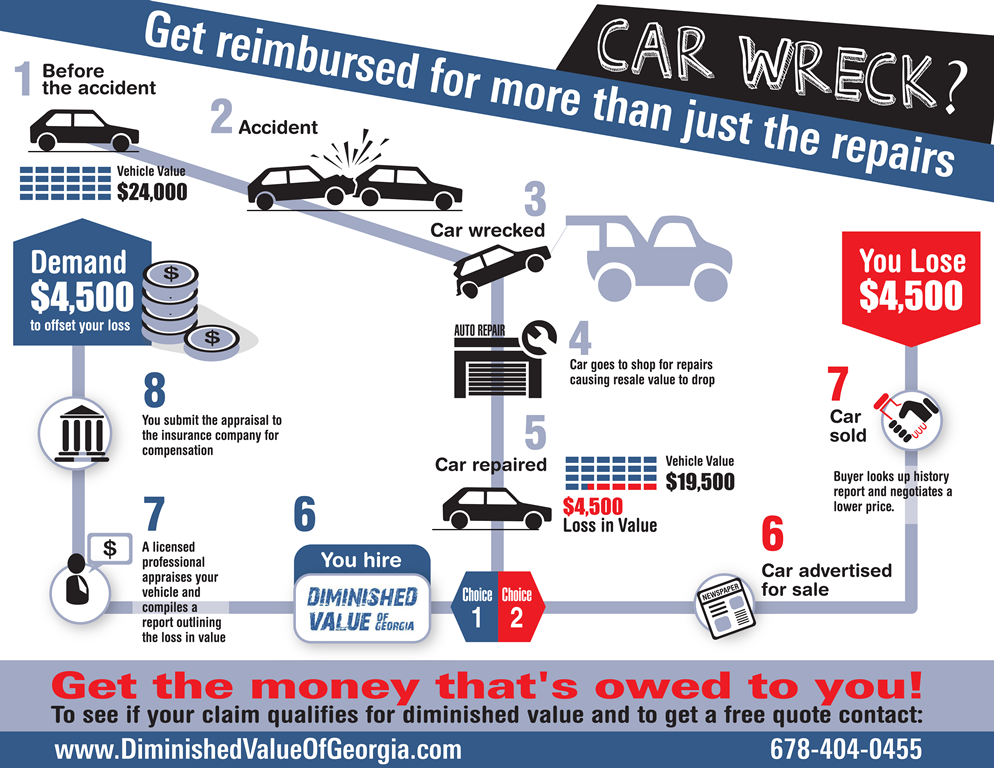Assessing Your Cars And Truck'S Caution Indicators: What They Really Communicate
Assessing Your Cars And Truck'S Caution Indicators: What They Really Communicate
Blog Article
Composed By-Sykes Gilbert
When you're behind the wheel, those radiant warning lights on your dashboard can be a little bit difficult. Do you recognize what they're trying to tell you about your auto's health? Understanding the relevance of these lights is crucial for your safety and security and the durability of your vehicle. So, the following time one of those lights appears, wouldn't you want to analyze its message accurately and take the essential actions to resolve it?
Common Warning Lights and Interpretations
Recognize typical warning lights in your automobile and understand their meanings to make certain risk-free driving.
One of the most typical caution lights include the check engine light, which signifies issues with the engine or discharges system. If this light begins, it's crucial to have your automobile examined promptly.
The oil stress cautioning light indicates low oil pressure, needing immediate attention to avoid engine damages.
A blinking battery light could suggest a damaged charging system, potentially leaving you stranded if not resolved.
The tire stress monitoring system (TPMS) light notifies you to reduced tire pressure, affecting car security and fuel efficiency. Ignoring this might bring about risky driving conditions.
The abdominal muscle light suggests an issue with the anti-lock stopping system, compromising your ability to quit rapidly in emergencies.
Finally, the coolant temperature warning light warns of engine overheating, which can result in serious damage otherwise fixed swiftly.
Comprehending these typical caution lights will help you resolve concerns without delay and preserve risk-free driving conditions.
Relevance of Prompt Attention
Understanding the typical warning lights in your vehicle is just the primary step; the value of promptly addressing these warnings can't be highlighted sufficient to ensure your security on the road.
When a caution light illuminates on your dashboard, it's your vehicle's way of connecting a possible issue that needs focus. Overlooking these warnings can cause extra serious problems down the road, compromising your security and potentially costing you a lot more in repairs.
Motivate focus to warning lights can protect against break downs and accidents. As an example, a flashing check engine light might indicate a misfire that, if left ignored, could cause damage to the catalytic converter. Resolving this without delay can conserve you from a pricey repair.
In a similar way, a brake system warning light might signify low brake fluid or worn brake pads, critical elements for your safety and security when driving.
DIY Troubleshooting Tips
If you notice a caution light on your dashboard, there are a couple of do it yourself repairing ideas you can attempt before looking for professional aid.
The first step is to consult your car's handbook to recognize what the specific warning light shows. In https://www.1011now.com/2021/12/14/auto-repair-shop-plans-give-ten-k-8-teachers-1000-credits-repair-work/ can be as straightforward as a loosened gas cap setting off the check engine light. Tightening the gas cap may settle the problem.
Another usual concern is a low battery, which can cause different cautioning lights. Examining mobile car detailing auckland for deterioration and ensuring they're safe and secure might fix the problem.
If a warning light lingers, you can try resetting it by detaching the auto's battery for a couple of mins and then reconnecting it. Furthermore, examining your automobile's liquid levels, such as oil, coolant, and brake liquid, can assist fix advising lights associated with these systems.
Final thought
To conclude, recognizing your car's caution lights is essential for keeping your automobile running smoothly and safely. By immediately resolving these alerts and understanding what they indicate, you can avoid costly repair services and possible malfunctions.
Remember to consult your cars and truck's manual for particular details on each cautioning light and act appropriately to make certain a trouble-free driving experience.
Stay informed, stay secure on the road!
